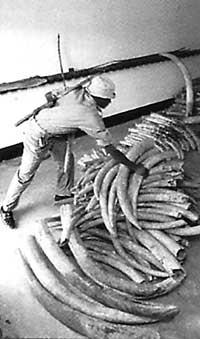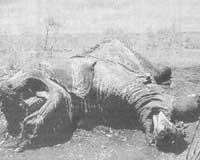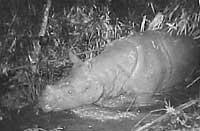When protection poses a risk
2007/06/16 Galarraga Aiestaran, Ana - Elhuyar Zientzia
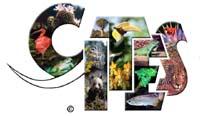
Founded in 1973, the CITES entity currently brings together 171 representatives of public administrations. (Photo: CITES)
However, there are many organizations and associations trying to do so, which have been working for a long time. The CITES organization, for example, was born in 1973 with the aim of preserving threatened species. The name comes from the Convention on International Trade in Endangered Species of Wild Fauna and Flora, a convention on international trade in endangered wild fauna and flora. It is signed by the countries that wish it, and although at the time of its departure it grouped 80 countries, today 171 participate.
To protect threatened species, CITES controls its trade. In fact, each country is responsible for complying in its territory the rules dictated by CITES. And it is effective: since it started, none of the species it protects has disappeared as a result of trade.
Three levels of protection
CITES protects about 33,600 species classified into three categories. In Annex 1 some 800 species are included, which are in danger of extinction, so their trade is totally prohibited. In Annex 2 there are 32,500 species partially threatened by trade, with less protection than the previous ones: trade is not prohibited, but there are strict controls for their trade. In Annex 3, the requirements required by a country to support CITES, which are around 300, are included.
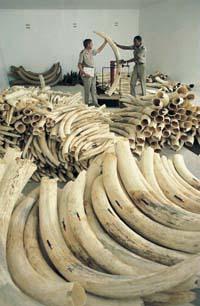
If the influence of trade on a species is modified, the type of protection of the species also changes. CITES makes its decisions through congresses and has just been held in The Hague from 3 to 15 June. Representatives from 171 countries have analyzed 40 proposals, many of them related to wood and fishing.
However, CITES not only focuses on the status of threatened species, but also on the countries that exploit them, many of them very poor, and in these cases it is not easy to make decisions that benefit everyone.
Interval of change
Therefore, because not all decisions are always positive, CITES also receives criticism. For example, recently researchers at the University of the South of Paris have explained that giving greater protection to a species can be counterproductive. Specifically, although it seems paradoxical, they have shown that the passage of some species from the second to the first seriously affects.
The researchers exposed their first suspicions in 1985, but had no clear evidence. We have now followed the species that have passed from the second to the first of the annexes between 1980 and 2000, showing that suspicions were reasonable.
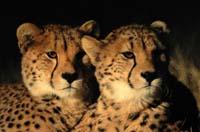
For the realization of the study, the data of the legal transactions of each species have been collected in three periods: from the three years before the communication of the change of course, from the times that decide to change level and from the three years after its transformation. The data have been graphically represented and have a very significant aspect.
In this way, after the entry into force of the ban, the number of units that are marketed decreases considerably, so the line in the chart is reduced. But before, that is, while the change is accepted and the measures are put in place, in the graph appears an ascending line. That is, more than in years before the ban, it is the most protected species. The average number of units purchased increases by 135% over previous years.
This has the explanation that the change, that is, when the decision is made and the measures come into effect, takes between 240-420 days. This means that the law leaves an average term of one year to do business with this species. And, of course, animal traders take advantage of this opportunity.
For some species, the catch in the change section may be a loss. For example, when the turtle of Kleinmann and the cat Geoffroyi changed level, in the change section 2,800 turtles and 5,500 cats were saved. These figures represent half and a tenth of the population of adult animals, respectively.
In addition, the ban increases the market price, which can stimulate illegal trade. For example, when rhino changed its category, the price of the branch increased by 400% in Korean markets. In parallel, the furtive hunting of the rhino and the illegal trafficking of its branch intensified.
For this reason, researchers who have carried out the study have asked CITES to consider it in decision-making. In addition, taking into account the exploiters of these natural resources, concrete proposals for the protection of species have been made. Because the prohibition is not always beneficial.
Published in Gara.

Gai honi buruzko eduki gehiago
Elhuyarrek garatutako teknologia




